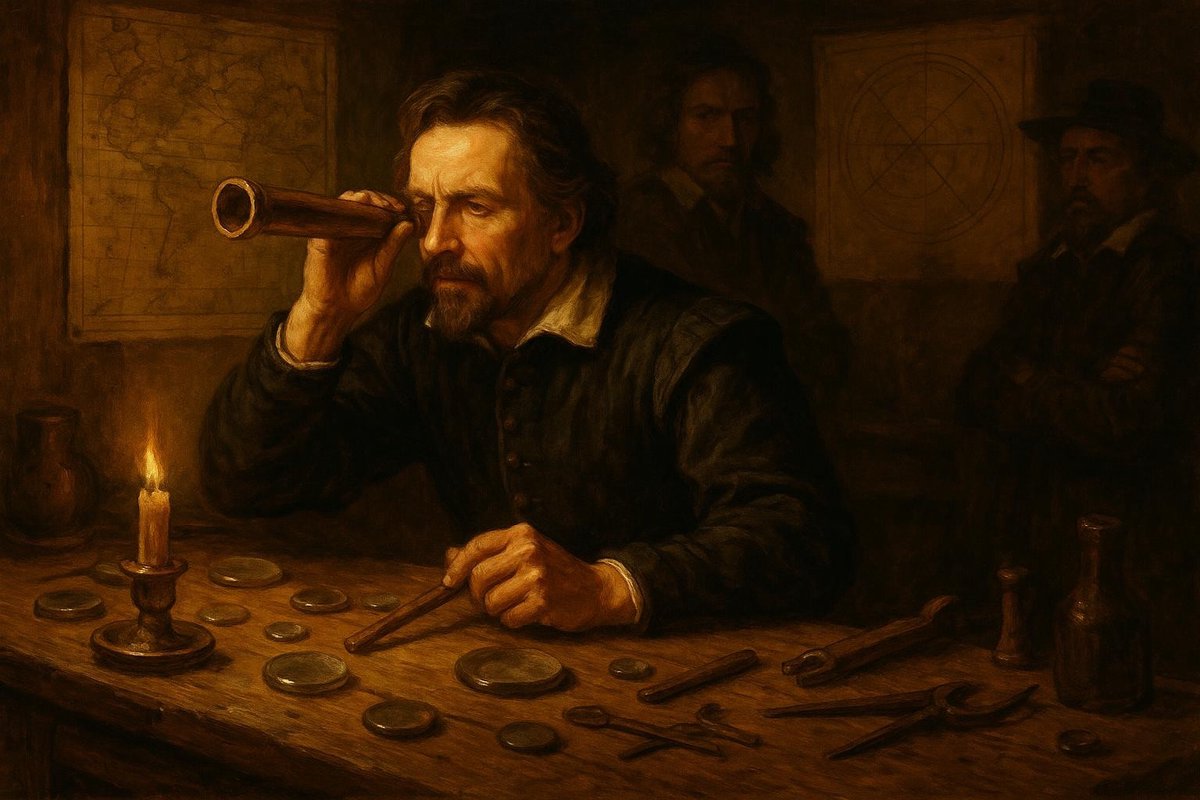
Unpacking the Question: Who Really Invented the Telescope?
Who invented the telescope? At first glance, this seems like a straightforward question, but as history unravels, it reveals a nuanced tale woven with curiosity, competition, and creativity. The telescope’s story begins in the early 17th century in the Netherlands—a land brimming with innovation and trade. It was here that Hans Lippershey, a spectacle maker, first demonstrated a device that could bring distant objects closer, in 1608. But was he truly the inventor?
• Lippershey applied for a patent, but his request was denied, as others claimed similar devices.
• Jacob Metius and Zacharias Janssen also laid claims to the invention.
• The debate on true inventorship underscores the collaborative nature of scientific discovery.
Why does this matter? The telescope symbolized a shift from observing the world using just the naked eye to exploring the universe’s farthest reaches. It represented a leap in human perspective, allowing us to dream beyond our terrestrial confines.
Surprising Facts: From Simple Lenses to Celestial Revelation
Interestingly, the idea of using lenses to magnify objects predates the telescope by centuries. Reading glasses and magnifying lenses were already in use, suggesting the potential was ripe for an ingenious leap.
• The idea of combining lenses was not new, but applying it to heavenly bodies was revolutionary.
• Early telescopes were quite rudimentary, with limitations in clarity and range.
• Innovations in lens grinding improved clarity, crucial for celestial observations.
The telescope’s transformative power came when it was aimed skyward. Galileo Galilei’s improvements in 1609 sparked a new era. He discovered moons orbiting Jupiter and detailed the lunar surface. “I have seen the heavens,” he famously declared. This was not merely scientific advancement; it challenged cosmological views, stirring scientific and religious debates.
What Science Says: The Telescope’s Impact on Our Understanding
The telescope didn’t just change how we see the stars; it altered the framework of science itself. Before its invention, the heavens were a realm of myth and speculation.
• Copernicus had already proposed a heliocentric model, but without tangible proof.
• Galileo’s observations provided empirical support for Copernican theory.
• The telescope enabled a shift from qualitative to quantitative astronomy.
Galileo’s telescopic findings clashed with the Church’s geocentric view, igniting passionate debates about the universe’s nature. These discussions laid the groundwork for the scientific revolution, fostering a culture of inquiry and evidence over belief.
As humanity peered into the cosmos, realms previously confined to imagination became subject to exploration and understanding. The telescope was not just an instrument; it was a gateway to the celestial and philosophical exploration that continues to this day.
What It Means for Us: The Legacy of Vision and Discovery
What does the telescope mean for our world today? It’s more than a tool—it’s a testament to human curiosity and our relentless pursuit of knowledge.
• It symbolizes the intersection of art, science, and philosophy.
• The telescope’s evolution mirrors technological progress, from simple spyglasses to massive observatories.
• It reminds us that innovation often begins with a simple question or observation.
In contemporary society, the telescope’s legacy inspires fields far beyond astronomy. It teaches us that by looking beyond the immediate, we can uncover truths that challenge our perceptions and expand our horizons. Who knows what lies ahead as we continue to gaze at the stars?
Today, with advanced space telescopes, we are still uncovering the universe’s secrets. The telescope’s invention was a pivotal moment that redefined our place in the cosmos.
Fuel Someone Else’s Curiosity
Inspired by the story of the telescope? Share the wonder of discovery with others! Encourage discussions about how humanity’s vision has changed over the centuries. Who knows—your curiosity might just spark the next great idea!

Leave a Reply